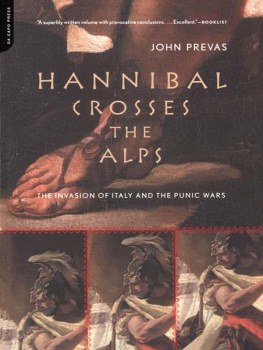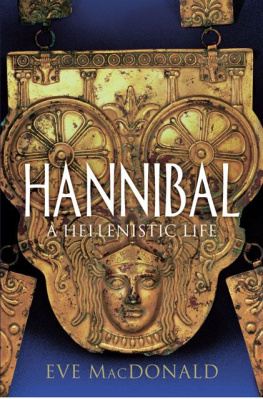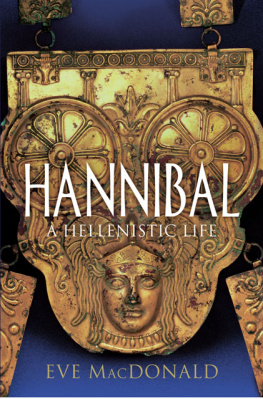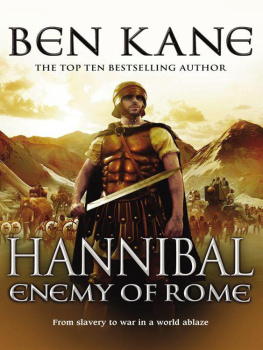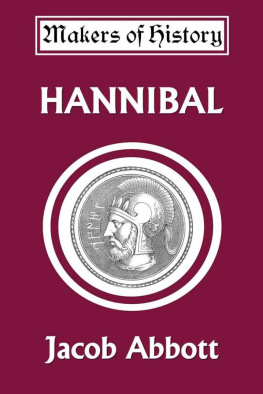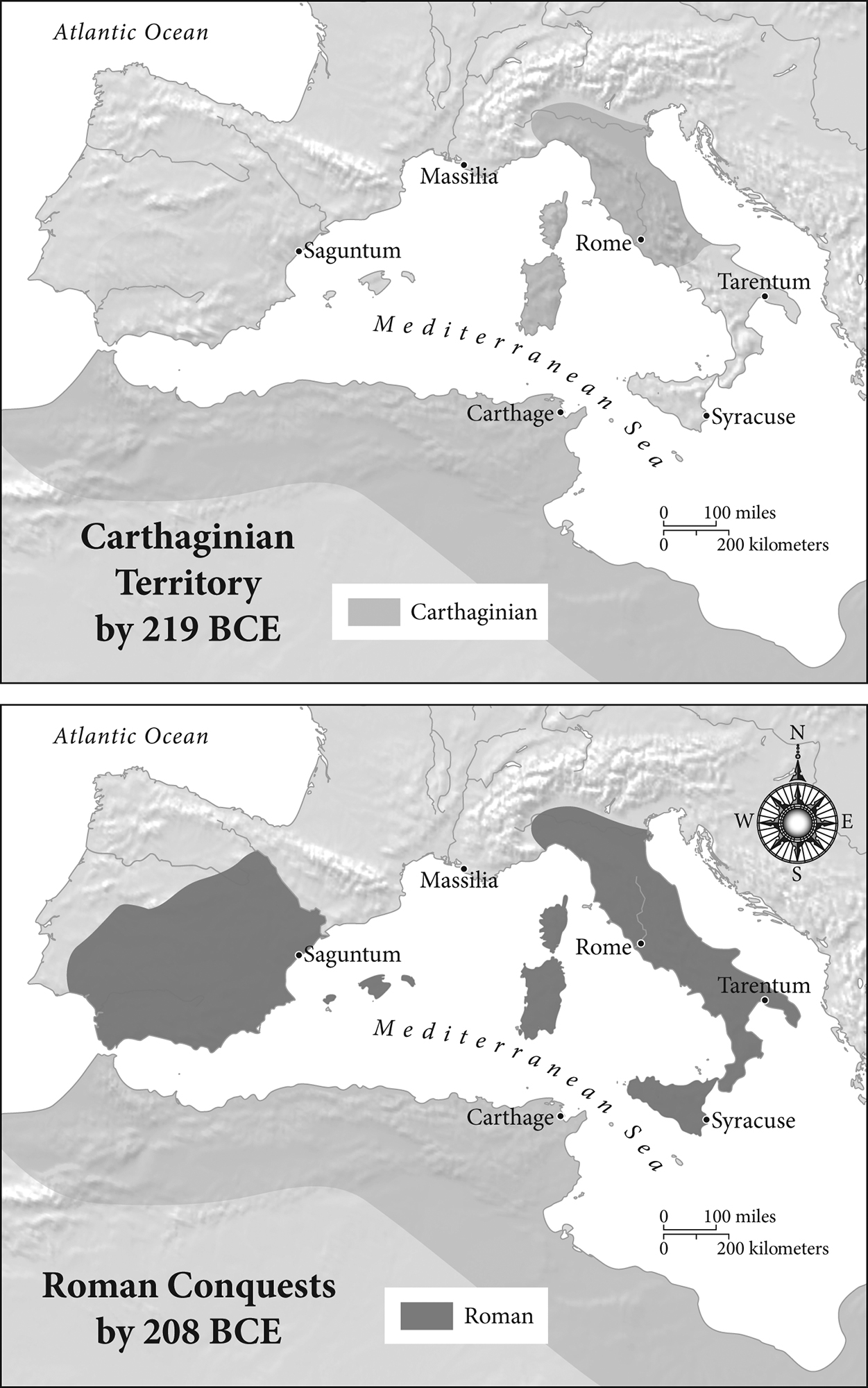Thank you for downloading this Simon & Schuster ebook.
Get a FREE ebook when you join our mailing list. Plus, get updates on new releases, deals, recommended reads, and more from Simon & Schuster. Click below to sign up and see terms and conditions.
CLICK HERE TO SIGN UP
Already a subscriber? Provide your email again so we can register this ebook and send you more of what you like to read. You will continue to receive exclusive offers in your inbox.
We hope you enjoyed reading this Simon & Schuster ebook.
Get a FREE ebook when you join our mailing list. Plus, get updates on new releases, deals, recommended reads, and more from Simon & Schuster. Click below to sign up and see terms and conditions.
CLICK HERE TO SIGN UP
Already a subscriber? Provide your email again so we can register this ebook and send you more of what you like to read. You will continue to receive exclusive offers in your inbox.
ALSO BY PATRICK N. HUNT
Ten Discoveries That Rewrote History
When Empires Clash: Twelve Great Battles in Antiquity

Simon & Schuster
1230 Avenue of the Americas
New York, NY 10020
www.SimonandSchuster.com
Copyright 2017 by Patrick N. Hunt
All rights reserved, including the right to reproduce this book or portions thereof in any form whatsoever. For information, address Simon & Schuster Subsidiary Rights Department, 1230 Avenue of the Americas, New York, NY 10020.
First Simon & Schuster hardcover edition July 2017
SIMON & SCHUSTER and colophon are registered trademarks of Simon & Schuster, Inc.
For information about special discounts for bulk purchases, please contact Simon & Schuster Special Sales at 1-866-506-1949 or .
The Simon & Schuster Speakers Bureau can bring authors to your live event. For more information or to book an event, contact the Simon & Schuster Speakers Bureau at 1-866-248-3049 or visit our website at www.simonspeakers.com.
Interior design by Ruth Lee-Mui
Maps by Paul J. Pugliese
Jacket designed by Alison Forner
Jacket image by Hulton Archive/Getty Images
Library of Congress Cataloging-in-Publication Data
Names: Hunt, Patrick, author.
Title: Hannibal / Patrick N. Hunt.
Description: First Simon & Schuster hardcover edition. | New York : Simon & Schuster, 2017. | Includes bibliographical references and index.
Identifiers: LCCN 2016051474| ISBN 9781439102176 | ISBN 1439102171 | ISBN 9781439109779 (ebook)
Subjects: LCSH: Hannibal, 247 B.C.182 B.C. | GeneralsTunisiaCarthage (Extinct city)Biography. | Punic War, 2nd, 218201 B.C.Campaigns. | Carthage (Extinct city)Biography.
Classification: LCC DG249 .H86 2017 | DDC 937/.04092 [B] dc23 LC record available at https://lccn.loc.gov/2016051474
ISBN 978-1-4391-0217-6
ISBN 978-1-4391-0977-9 (ebook)
To great soldiers of the world who have waged just war, who know the agonizing questions of battle.
War may too often issue from the bowels of hell but even heaven has its war trumpets.
PATRICK N. HUNT
CONTENTS
PREFACE
Hannibal has loomed large in my imagination since my youth. Over the decades, as I have read about his exploits and the history of his time, I attempted to follow in his footsteps across three continents. As I discovered, ambiguities abound. Ancient sources provide often contradictory or problematic interpretations of his motivations and actions. Should we expect anything else, given the passage of time?
My archaeology fieldwork has concentrated for decades on Hannibal. Every year for the last twenty years I have stood at the summits of Alpine passes, ascending and descending rocky footpaths and road surfaces in every calendar season. Whether in biting wind and flurries of snownot uncommon above 8,000 feet even in Augustor on gusty, sunnier days, I have marveled at the challenges Hannibal faced on his intrepid marches and campaigns, especially when I climbed for hours to reach a spectacular vista as the almost vertical crags descended into forested slopes and plains far below. With more questions than answers over time, I have traveled to Carthage, where at the Secret Harbor I once picked up an old murex shellthe source of the famous Punic (Carthaginian) purple dyebefore carefully placing it back on the sand. Many times I have traipsed through the remains of Punic Cartagena, the walled terraces of Saguntum, and western coastal Spain as well as across the eastern Pyrenees, through what was ancient Gaul and now is France, and then up the Rhne and Isere Valleys. I have walked back and forth across all the Italian battlefields important in Hannibals military campaigns and various Hannibal sites elsewhere in Italy. On multiple occasions in Turkey, standing along the sun-glimmered Sea of Marmara around Gebze has made me reflect on Hannibals last days. Many times with teams of Stanford students and more than a few times with engineers and geologists, I have carefully investigated at least thirty Alpine summits to try to determine where Hannibal crossed the Alps. I could never be an armchair historian: I have to see and try to understand what I write about.
The ancient historian Polybius has so often been my guideliterally in my handsthat my copy of his History is nearly worn out. I believe, as did he, that it is best to visit as many locations as possible if one wants to better understand historical events. Attempting to match text and topography has been my touchstone wherever possible. Other ancient historical accounts I have consulted include Livys ample and colorful textseven though his geography is often suspectaugmented by Appian, Plutarch, Diodorus Siculus, Virgil, Horace, Juvenal, Frontinus, Cornelius Nepos, Ammianus Marcellinus, Valerius Maximus, Strabo, Dio Cassius, Vegetius (listed here not necessarily in chronological order, but in order of importance to my research), and many other fragmentary sources, as much in the original languages of Greek and Latin as possible. From these sources I infer that Hannibal was one of historys greatest military minds because of his changing tactical responses to extraordinary challenges. That Hannibal has been a riveting topic for millennia, and continues to be so even as he remains a conundrum, explains why so many writers continue to ponder him from different angles. How I wish I could have met Hannibal and asked him the questions that to this day still defy authoritative answers.
Stanford, 2017
AUTHORS NOTE
All dates are BCE unless indicated otherwise.
One
THE VOW
The Roman historian Valerius Maximus tells a story about the young Hannibal. As a boy in Carthage, Hannibal and his younger brothers would wrestle one another. Their father, Hamilcar Barca, would boast proudly to his guests, My boys are lion cubs reared for Romes destruction. Whether this actually happened, we dont know, but we can imagine the young Hannibal wanting to please his father and taking pride in Hamilcars boast.
Hannibal was born around 247 BCE during a long war between Carthage and Rome that often took Hamilcar, a famous general, away for extended periods of time. Hannibals parents gave him a name rich in religious meaning; Baal be gracious to me or Baal be merciful to me. Baal was a great Carthaginian god of fertility who manifested himself in thunderous storms; in naming him so, Hannibals family tied the boys future to his personal god and thus to his destiny. With sacrifices to the gods made at his birth, Hannibal had a long military tradition to follow.
Next page


